Once you have determined what type of fungus or disease is present, it’s time to treat. It’s best to treat a diseased lawn as soon as you spot the problem, as some diseases can spread and kill the whole lawn.
The type of disease or fungus you have will determine the best treatment option. In some cases, the issue is weather or seasonally dependent (such as snow mold, which appears after the snow melts or red thread lawn disease) and will clear up on its own once the weather changes. Other problems need immediate mitigation, such as fairy ring, powdery mildew, or smut, as they can kill the plants or cause permanent damage to the lawn.
To treat your issues, first identify whether it can be eradicated via changing your practices. Powdery mildew, for example, may be able to be taken care of by rinsing the plants and getting rid of leaves or any other nearby debris that is causing it to spread. Avoiding overwatering, letting the grass grow a bit longer between mowing and not over fertilizing can also help clear up the problem.
However, in most cases, you will also need to use an antifungal product to kill the spores and disease on your grass. Choose an antifungal product designed for your type of grass and the fungus it has; otherwise, you risk killing healthy grass as well. A fungicide will not encourage regrowth, and you may need to reseed the diseased area, but it will kill the fungus that’s hurting the grass so that new grass can grow and your other efforts to keep the lawn healthy will be effective. Keep in mind that in some cases, such as with fairy ring, a fungicide will not work, and you will have to dig up the entire affected area and start over.
Some homeowners prefer to try to treat lawn diseases organically, rather than using fungicide. If your areas of fungus are small, using treatments like neem oil, cornmeal or baking soda solutions can be effective. Before you opt for an organic approach, though, do your research and be aware of the potential drawbacks. In some cases, using home remedies can only make the problem worse, or introduce new, unexpected issues.
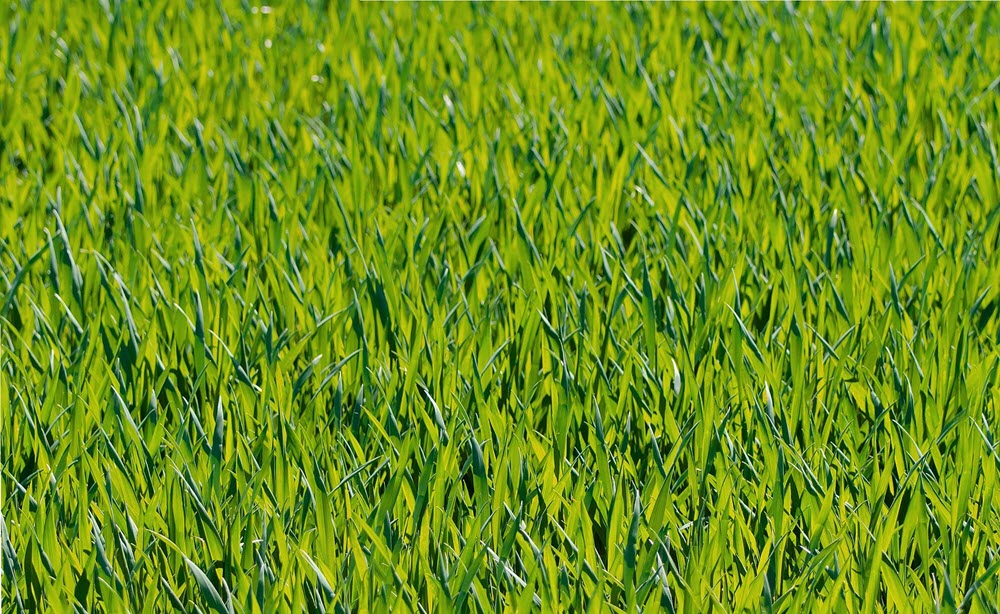




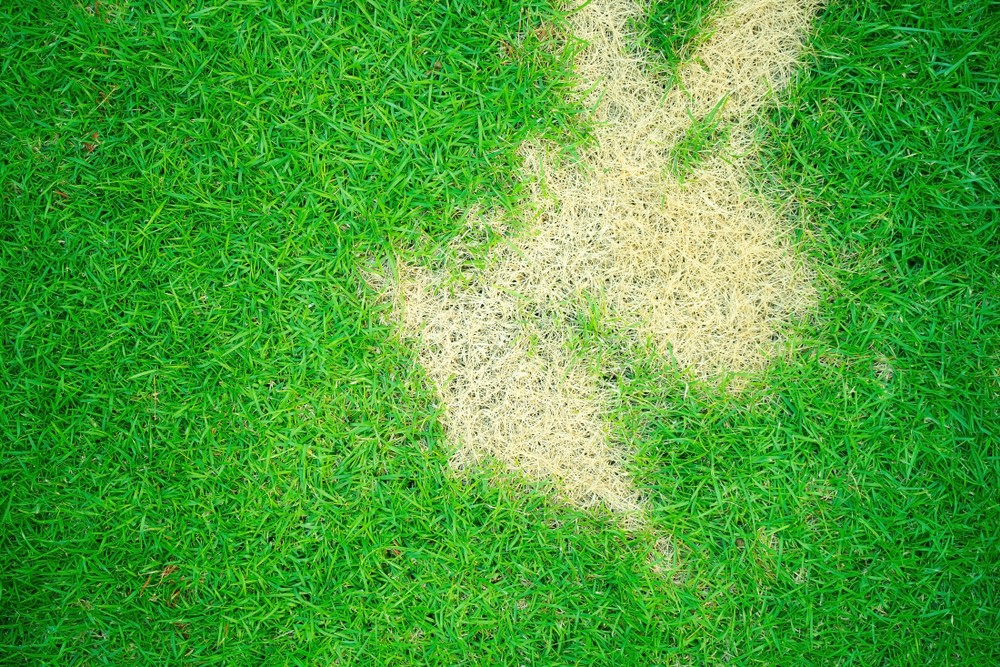
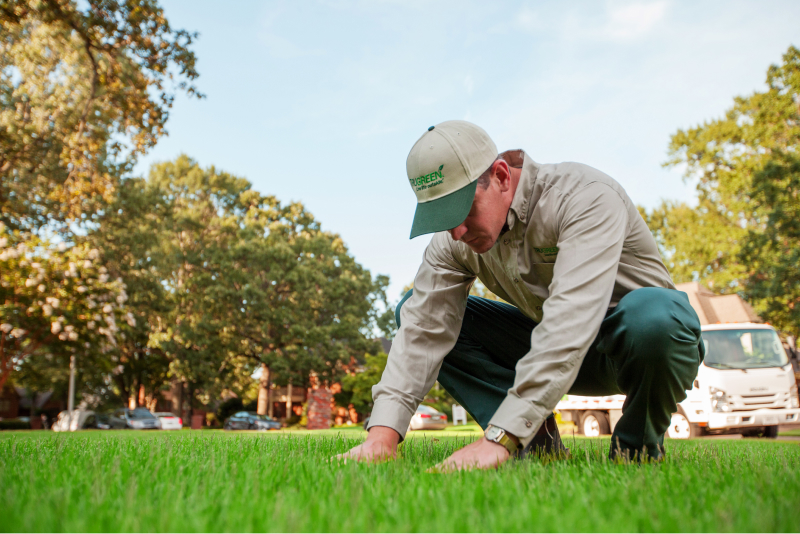
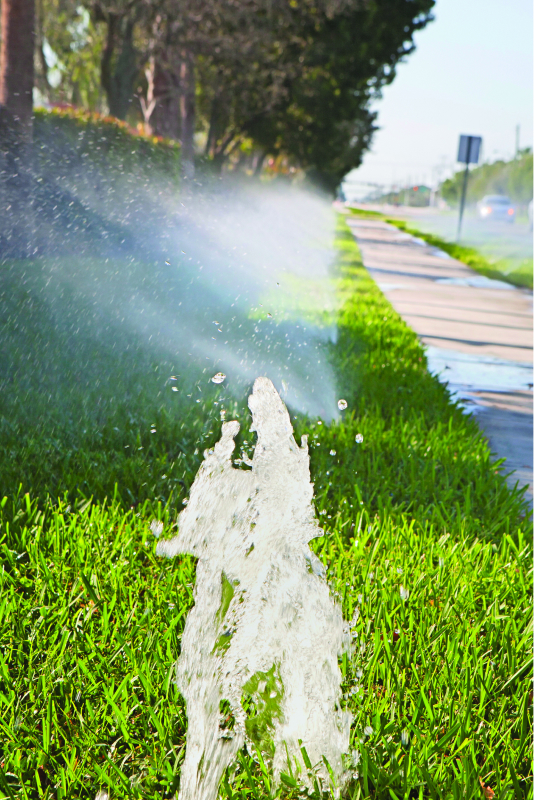
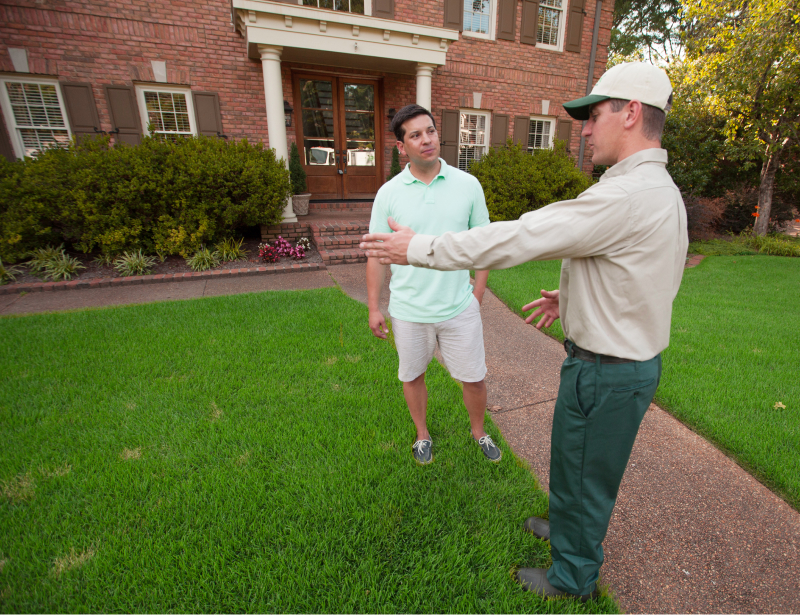

Facebook
X
Youtube
Copy Link
Email